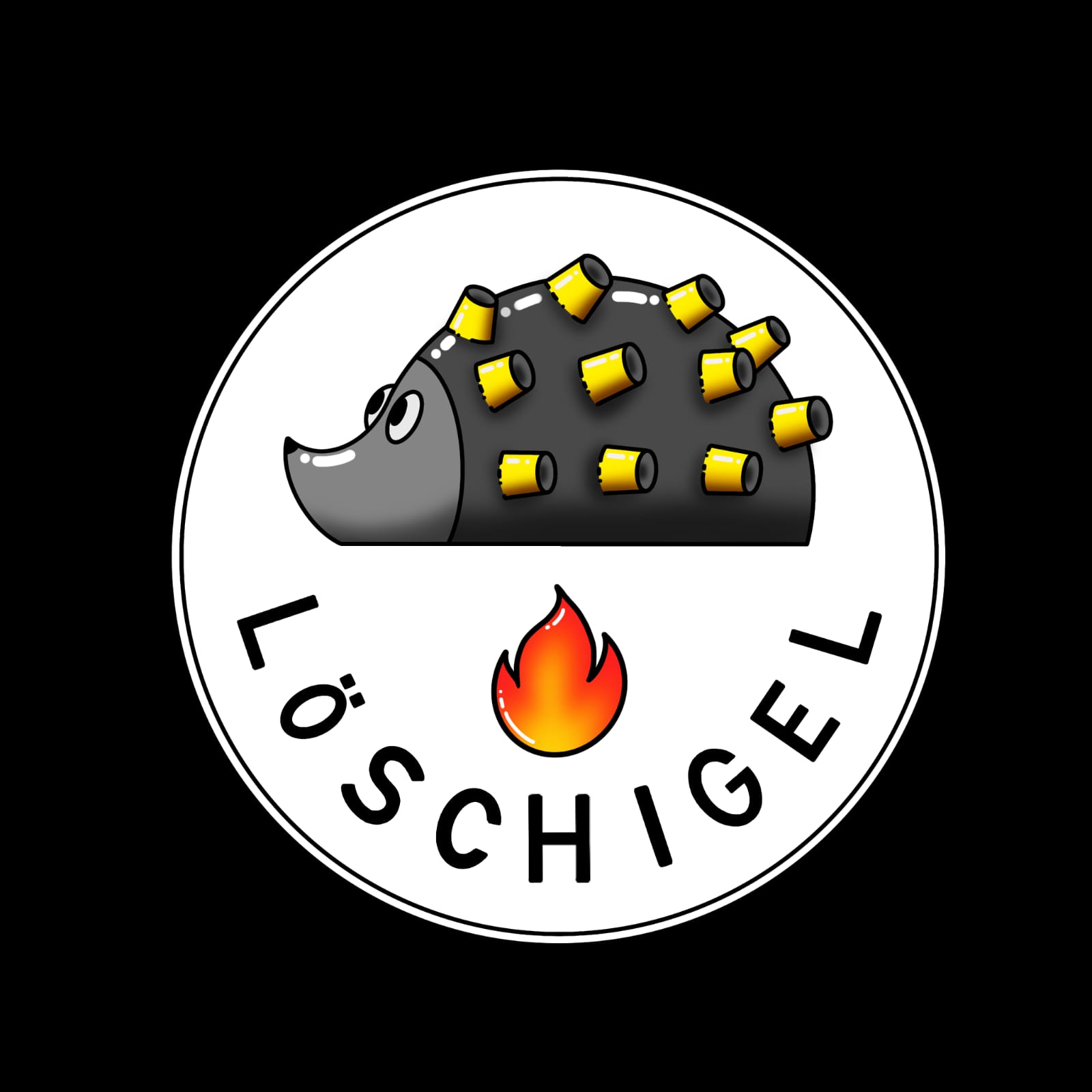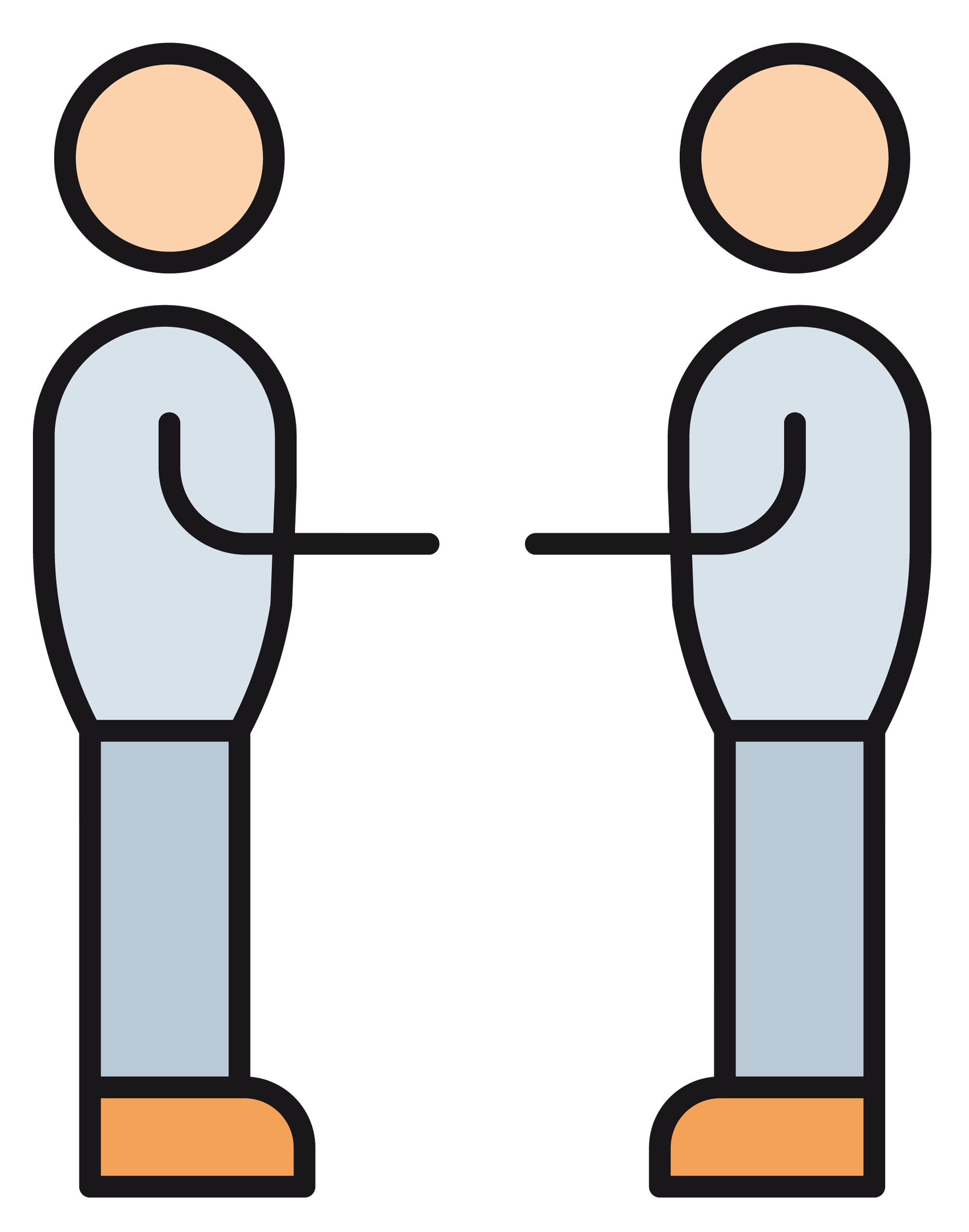Löschigel

The BlazeX, a device for fire brigades, is a compact spray chamber with nozzles. The nozzles
produce a fine spray mist, so firefighters can extinguish fires without entering risky areas.
Attached to extension ladders it can be pushed over the ground into a perilous area using
rollers.
Application: industrial, forest or tunnel fires, container cooling, precipitation of toxic gases
and aerosols
RATIONALE:
Why do firefighters, most whom are volunteers, have to risk their lives every day by entering
burning buildings, i.e., by going into the so-called interior attack? Currently, smoke divers
enter the blaze wearing breathing apparatus and endangering their own health. After
completing an analysis of the situation and search for persons, they fight the fire from the
inside. In addition to the enormous heat, which affects the firefighters despite their
protective clothing, they are also exposed to stress. This is caused, for example, by crawling
with little or no visibility in a narrow fire room filled with toxic gases and aerosols. Stored
(hazardous) materials also pose enormous dangers. Furthermore, the building is destabilized
by the fire and becomes in danger of collapse.
Alternatively, a fire can be extinguished from the outside, but the effectiveness is much
lower. In most cases, the fires or buildings are not extinguished, but burned down in a
controlled manner. Thus, the infrastructure can no longer be saved. Water consumption is
also higher, as well as the resulting pollution.Isn’t there a way to avoid the extinguishing phase of the interior attack and still be able to
extinguish a fire effectively?
Such an invention could make the work of fire departments around the world safer.
In Germany alone, there are 1.3 million volunteer firefighters who are insured through the
statutory accident insurance. In one year, 4,507 notifiable occupational accidents were
recorded. Among them, 2,454 new pensions were granted, a sign of a particularly serious
accident. Unfortunately, there were also six fatalities. So, the risk for firefighters is
particularly high.
The invention could reduce the risk for firefighters, so there would be fewer accidents, and
consequently, of course, fewer sick days and absences. The personnel would also be more
productive. Furthermore, small fire departments that do not have enough personnel and
financial resources for complex respirator training would also benefit. These could instead
keep an BlazeX on hand and still respond quickly and efficiently in the event of an
emergency. Increased job security could make being a firefighter more attractive, which
would encourage more people to choose this volunteer position, a great benefit for society,
though many fire departments have problems to find new volunteers. Finally, the primary
and secondary damage of a fire is also reduced. The fire can be fought much earlier with
much higher efficiency and reduced water consumption. The risk for nearby buildings to get
inflicted by the fire ist lower. The precipitation of toxic gases and aerosols during the
operation, reduces environmental pollution.
ENGINEERING GOALS
The goal is to develop an extinguishing device that increases the safety of firefighters. The
following requirements are to be fulfilled.
The invention should avoid entering dangerous areas by the simplest means, and no
expensive and maintenance-intensive robotic solutions should be used. The operation
should be easy and intuitive. This avoids errors.
The device should be small and compact so it can still be integrated into existing fire
department loading systems. In addition, production should be as cost-effective as possible
so that many fire departments can benefit from the increased self-protection.
The device should be heat-resistant so that it can be pushed into the interior of a fire and
fight the fire from the inside. This allows firefighting to be much more efficient.
The water should be distributed over as large an area as possible so that all areas are
covered by the extinguishing effect.
At the same time, water consumption should be as low as possible in order to reduce water
damage and save water, since in the initial phase of firefighting only tank reserves are used.
In addition, the water should be atomized as finely as possible in order to also precipitate
gases and aerosols; at the same time, this increases the surface area and thus the cooling
effect.
This research is based on the prior work, which taught how to build a pressure resistant
device and how to attach the invention to the ladder. This research focuses on the choice
and arrangement of the nozzles. As well as the design of new protypes with enhanced
performance in pressure resistance and water distribution. Additionally, the design is going
to be optimized to reduce producing costs. The device is going to be tested the first time
under the use of solid fuel-fired fire training systems. This will provide additional information
to improve the design.
Collaborations
We are grateful for your Feedback!
http://Loeschigel.de
More resources from these countries:
More resources from this SDGs:
More resources from this type:
More resources with this activity:
Member of the Net4SocialImpact.EU-Association








